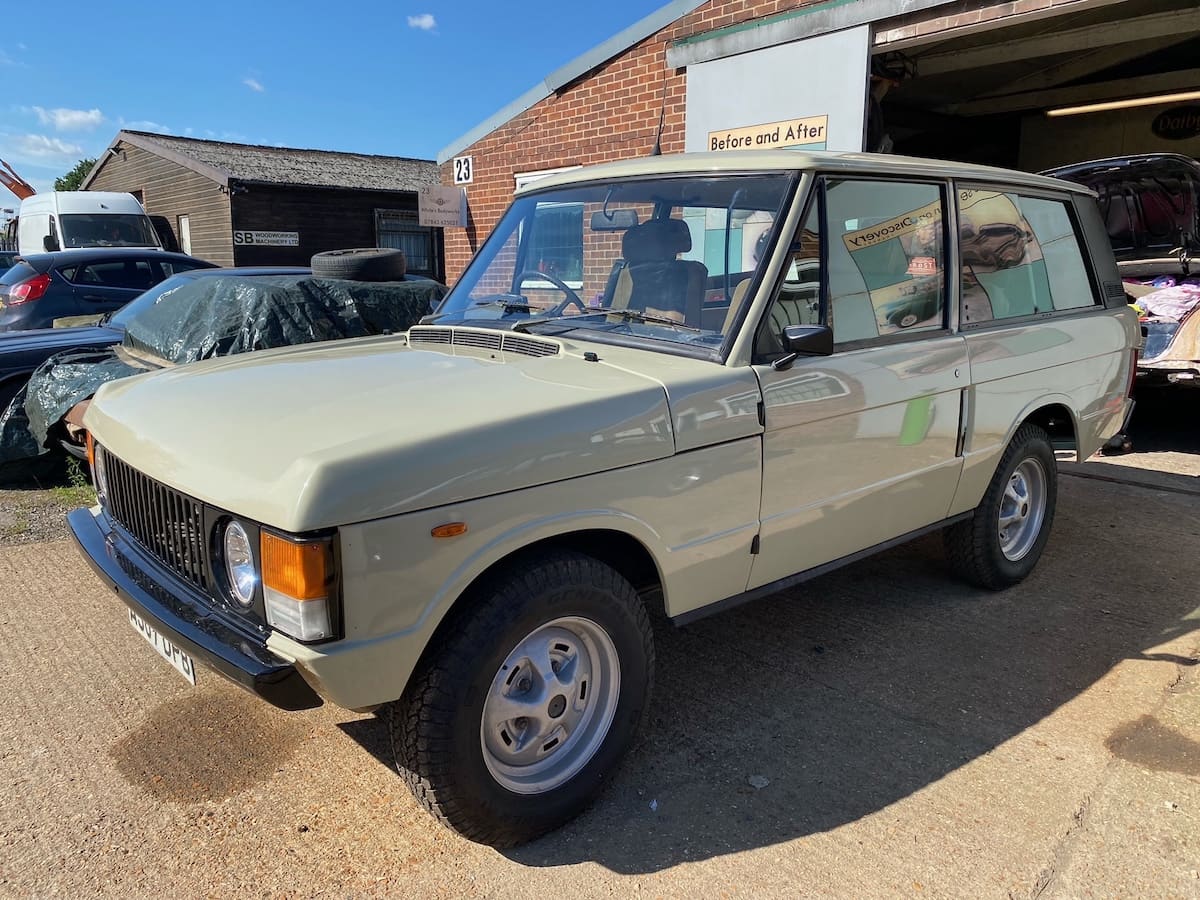
There’s no doubt that restoring a classic car is a labour of love. Most vintage vehicle enthusiasts don’t undertake this kind of project without having a passion for what they are doing. There can be a lot of hurdles to get over with even the smallest restoration. It can be frustrating and even infuriating at times.
We’re assuming that you’ve already decided that this is what you want to do and no one is going to stop you. You’ve been putting it off for long enough and now is the time to take the plunge.
You’re aware of your skillset and what you’ll need to learn, where you’re going to carry out the restoration and the time you have to devote to the project.
Here are some additional and very important questions you now need to find answers to before you get down to the nitty-gritty of planning and implementing your classic car restoration.
It’s not always the case but most classic car restorers have a particular affinity for a certain make or model. It might be a vintage Morris Minor or an old Jaguar, maybe something more exotic and challenging.
In the end, you need to care about the car and it must mean something to you. Of course, there are some restorers for whom the journey of bringing a vintage vehicle back to life is the primary reward. For these individuals, the final result is less important than the process itself. That’s fine.
For most, there’s a connection to the car that they are restoring. But there are things that you need to consider. The first, and perhaps most important, is whether there are classic cars of this type on the market and how you find them.
In general, the older the car, the more difficult it is to restore. This is partly because of the availability of spare parts but also because the condition is likely to be worse.
If you are intending to make a profit by selling your restoration after you’ve finished, you need to understand that choice of vehicle is going to be vital. In many cases, the cost of restoration is much higher than the resale value. Crunching the numbers if this is your plan can be complicated.
Of course, one thing that is going to determine the make of the car you choose (and its condition) is how much you have to spend on it. A vehicle that is rusted down to the frame will cost a good deal more than one that just needs some bodywork repair, an engine overhaul and some new tyres.
There are lots of things that can affect the budget. The amount of work you have to outsource to a garage is one. Another is the availability of spare parts and how you are going to find these.
One of the biggest problems newbies have is that they fail to understand the size of the project and its cost. If you’re on a tight budget, according to Fluxposure, picking a simple car should be the order of the day. On average, however, for a solid restoration, you can be looking at anything from £5,000 to £20,000 over and above the cost of the car itself.
It’s all well and good of having a restoration dream, but the one question you’ll need to answer is where you’re going to find your car. Fortunately, there are several options:
The condition of the classic car and how much work you will have to undertake is also an important question you need to answer. This will mostly depend on your passion for the project, how much you have to spend and what you want to achieve.
You can’t just take the seller’s word for it, the car needs to be fully inspected before you buy. That might require bringing in an expert who’ll be able to spot hidden issues that are going to add to your budget.
There’s one good reason why many classic car enthusiasts partner with White’s Bodyworks. Whether it’s for servicing or a fully-fledged restoration, we’ve got the team in place who know what they are doing.
We’ve worked on a wide range of vintage vehicles over the last couple of decades and we have a national reputation for quality work and amazing facilities.
Find out more about the makes and models we’ve worked on in the past here.
